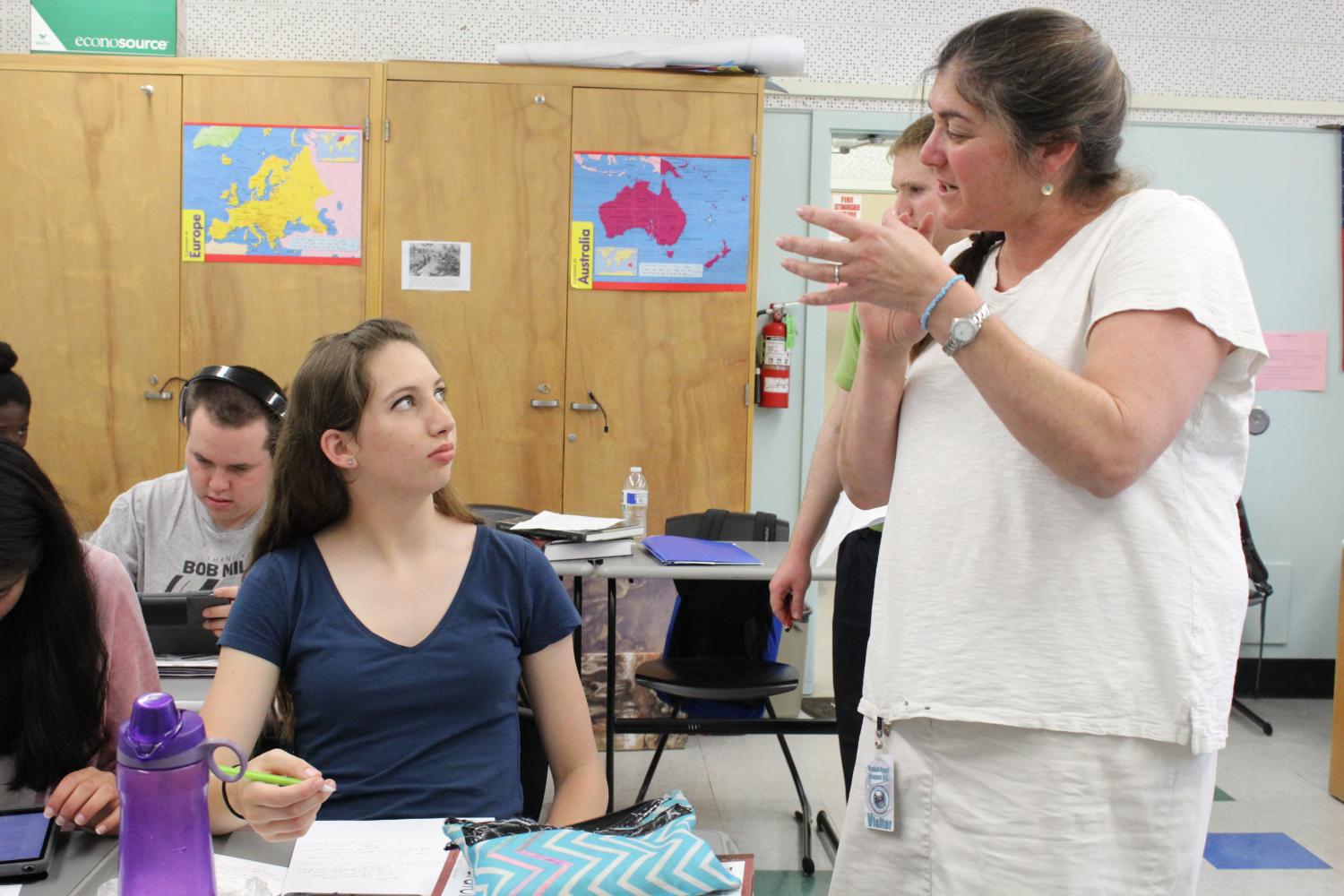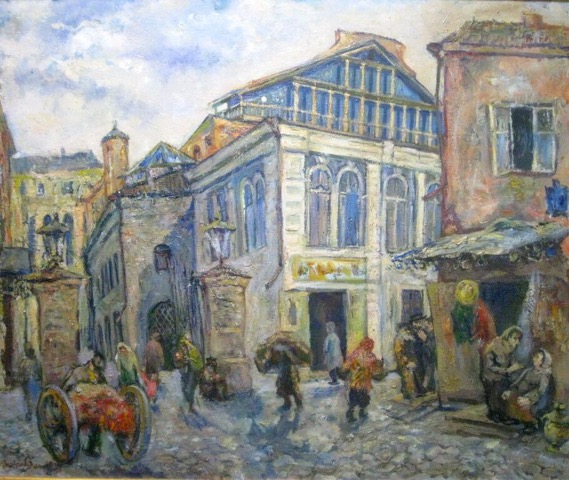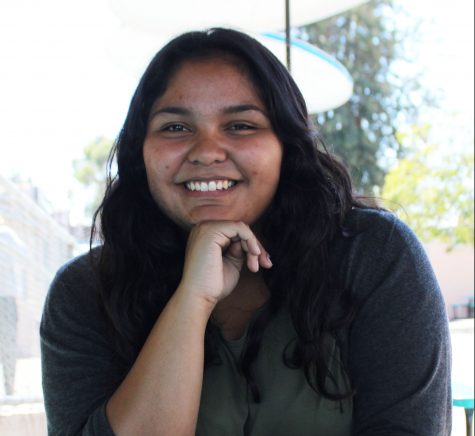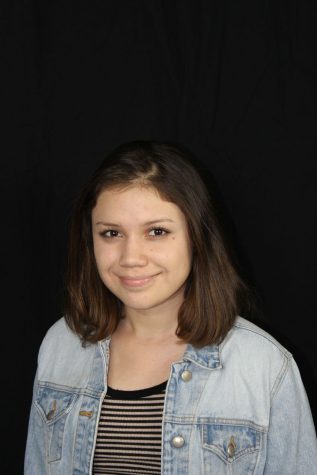Sophomores prepare to curate art exhibit while learning about Holocaust
Stephanie Wolfson, director of education for the David Labkovsky Project, works with sophomore Hailee Kessler in prepara on of the student run exhibit.
May 22, 2017
CORRECTION: An earlier version of this story gave the wrong time of the exhibit. It is June 1 at 6:30 p.m.
Alishon Raymundo has been a curator-in-training for the past few months preparing for an art exhibit made to honor a Holocaust survivor and artist.
“I like that we try to imitate what he does because I feel like if we put ourselves in his shoes, maybe we would’ve done things differently,” Raymundo said.
For the past few months, history teacher Brent Abelson’s fifth period class has been participating in the David Labkovski Project. They’ve studied the artist David Labkovski’s work while writing their own poems and creating artwork to replicate his style.
“We’ve been learning about his story,” Abelson said. “It’s been a big challenge for (students) but they’ve risen to the occasion.”
Each week, Stephanie Wolfson teaches Abelson’s class about Labkovski’s life along with Leora Raikin, Labkovski’s great-niece. Raikin tells Labkovski’s story from a more personal perspective. The volunteers have helped Abelson’s class every Thursday since they began in February but as the day of the exhibit approaches, the women visit frequently to teach the students how to curate their own exhibit, which will be held on June 1 at 6:30 p.m. in the Multi-Purpose Room (MPR).
“David Labkovski always dreamed of a generation ready to study his artwork and bear witness to the historical context of his life,” said Wolfson, director of education with the David Labkovski Project. “We feel the weight of his dream and the importance of making it a reality.”
The class will have an exhibit in the MPR displaying the artwork and other assignments they’ve worked on these past few months. The students will also be giving tours throughout the exhibit.
“We get to learn about a person who was alive during the war and who experienced first hand what was going on,” Raymundo said.
For sophomore Hailee Kessler, the project allowed her and her fellow classmates a different way to learn about the Holocaust. Rather than just taking notes from a lecture, the project is interactive.
“We’ve done a lot of reading and analyzing,” Kessler said. “Learning about not just him, but about the Holocaust.”
According to Wolfson, the purpose of this project is to teach students the importance of bearing witness to history, understand the cruelties of totalitarian leaders of the 20th century and explore different roles in society. They also learned how to analyze primary and secondary sources for historical materials, understand each member’s role in a Democracy and that every voice matters.
“This project has allowed me to understand why people do what they do or why they are the way they are,” Raymundo said. “It allows me to understand the history between these countries and understand how not everybody has it easy and some people have to work harder than others.”
Twitter: @elsiegmorales










